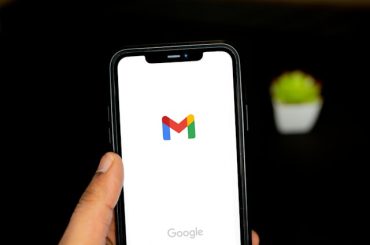Market Penetration Strategy
Market penetration strategy is a marketing approach that aims to increase a company’s market share in a specific market or industry. This strategy focuses on growing existing product sales to existing customers or acquiring new customers in the same market.
The primary goal of a market penetration strategy is to increase the company’s sales volume and revenue by gaining a larger market share. Companies can implement this strategy in various ways, such as offering discounts or promotions to attract new customers, increasing advertising and promotional activities, improving product quality, and expanding distribution channels.
Market penetration strategies can be particularly effective in industries with high competition, and companies are looking to differentiate themselves from their competitors. By increasing market share, companies can also gain economies of scale, leading to lower costs and higher profits in the long run.
Overall, a market penetration strategy is a practical approach for companies looking to increase their presence in an existing market and can help to drive growth and profitability.
7 Pricing Mistakes That Are Costing Businesses
Market Penetration Examples
- Lowering prices: A company may lower prices to attract customers and increase its market share. For example, a supermarket may reduce prices on certain products to attract more shoppers.
- Promotions and discounts: A company may offer promotions and discounts to encourage customers to buy more of its products. For example, a restaurant may offer a discount on a certain day of the week to attract more customers.
- Advertising: A company may increase its advertising to raise awareness of its products and increase sales. For example, a car manufacturer may run a television ad campaign to promote a new model.
- Product innovation: A company may introduce new products or improve existing products to increase its market share. For example, a technology company may introduce a new smartphone with more features and capabilities.
- Expansion: A company may expand its distribution channels to reach more customers and increase sales. For example, a clothing retailer may open new stores in different cities to expand its market reach.
The Economist Magazine: A story of clever decoy pricing effect
Market Penetration Pricing Strategy
Market penetration pricing is a pricing strategy in which a company sets a low initial price for its products or services to enter a new market and gain market share. The objective of this strategy is to attract a large number of customers quickly and to create a strong foothold in the market.
A company can entice customers to try its products or services by offering a lower price than competitors. Once customers have experienced the company’s products or services and are satisfied, the company can gradually increase prices to more profitable levels.
This strategy can be effective for companies with a competitive advantage in terms of cost structure, economies of scale, or other factors allowing them to operate profitably at lower prices. It can also be used to discourage potential competitors from entering the market, as the low prices may make it difficult for new entrants to compete.
However, market penetration pricing can also have disadvantages, such as creating a perception of low quality or creating unrealistic expectations for future price increases. Therefore, it’s important for companies to carefully consider the potential benefits and drawbacks of this strategy before implementing it.
Market Penetration Strategy: Tactics | Examples | Formula
Market Penetration Pricing Examples
- Netflix: Netflix offers a 30-day free trial to its new subscribers. The company’s pricing strategy is based on the concept of getting the customers hooked with a free trial and then converting them into paying subscribers.
- Amazon: Amazon used penetration pricing when it launched its Kindle e-reader. The company set the price of the Kindle significantly lower than other e-readers on the market to gain market share and establish itself as a dominant player in the e-reader market.
- Uber: When Uber first launched, the company offered discounts and promo codes to attract new customers. The company also offered low prices for its services to compete with traditional taxi services and gain market share.
- Apple: Apple used penetration pricing when it launched its iPod in 2001. The company set the price of the iPod lower than other MP3 players on the market to gain market share and establish itself as a dominant player in the MP3 player market.
- Gillette: Gillette used penetration pricing when it launched its razor blades. The company set the price of the razor blades low to attract customers and gain market share. Once the company had established itself as a dominant player in the market, it increased the price of its razor blades.











